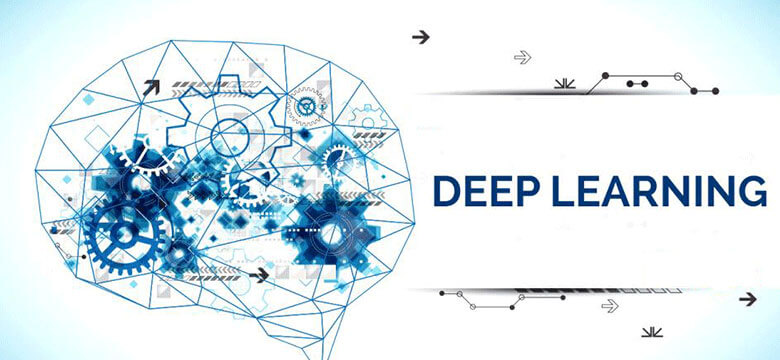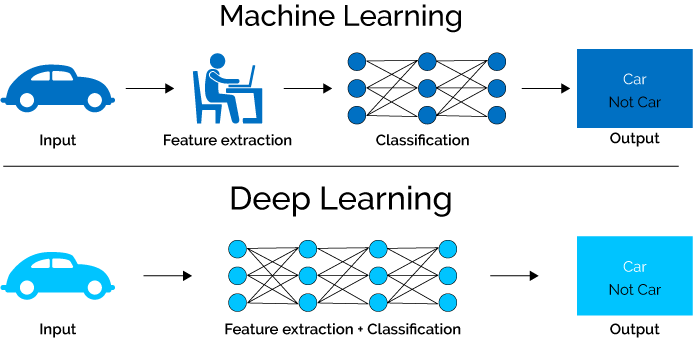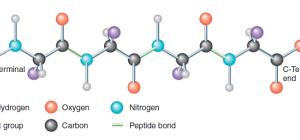 Have you ever gotten that eerie feeling while on the Internet, feeling as if Google knows more about you than you’d want it to know? The idea of machines or computers being autonomous, smart entities are not too far-fetched nowadays, and that is thanks to deep learning.
Have you ever gotten that eerie feeling while on the Internet, feeling as if Google knows more about you than you’d want it to know? The idea of machines or computers being autonomous, smart entities are not too far-fetched nowadays, and that is thanks to deep learning.
Whether the idea of thinking machines spooks or excites you, the fact is this area of technology is here to stay and there will probably be more progress than setbacks in the next few years. The idea of artificial intelligence has been around since the 1950s and it has given birth to various fields of study.
So, what is deep learning?
Before we can dive deep into this topic, we first have to understand neural networks and machine learning.
According to Wikipedia, machine learning, which is an application of artificial intelligence, is a “field of computer science that gives computers the ability to learn without being explicitly programmed.” It involves the use of algorithms, pattern recognition, and computational learning theory to make data-driven predictions and decisions.
There are many different approaches to machine learning and one of these is the artificial neural network, often simply called neural network. An artificial neural network is designed based on the structure of the human brain and its neural network. Although how the human brain exactly works is still not fully understood, an artificial neuron network also makes use of artificial neurons or nodes that send and receive signals. What an artificial neural network does is acquire knowledge through learning. A system like this can learn tasks from examples and constantly make corrections to a process based on its output. The number of layers of a neural network determines whether it is a shallow or deep neural network.
Deep neural networks employ deep learning algorithms to solve problems. Although some deep neural networks have hidden layers up to thousands, it can be as few as five hidden layers. In simpler words, deep learning is the term used for machine learning that is modelled after the way biological neural networks process information and learn.

What are some applications of deep learning?
Deep learning is actually not a very new thing – it is being used in quite a few deep learning applications for quite some time now. Here are just some of them:
- Google Brain. Perhaps the biggest application of deep learning is the Google Brain project which was started in 2011. In 2012, it consisted of 16000 computer processors. Google Brain is used for quite a few Google services and capabilities such as image recognition, image enhancement, Google Translate, Google photo search, Android’s speech recognition system, Google Sunroof, and video recommendations in YouTube, among others.
- The applications of AI and deep learning on business operations are growing.
- Image editing. Deep learning has opened up a lot of possibilities in image editing. Some of these are putting color on a black and white photo, pixel restoration, changing gazes of people in photos, creating photos of galaxies and volcanoes, and creating new images.
- Deep learning is being used to approximate real human movements in animation.
- Computer games. The AI of computer games has also grown in leaps and bounds, and deep learning as provided much of this. There is a race to train computers to beat humans at almost any game. Unlike with previous computers programmed to play a specific game, the computers were not programmed in this campaign. Instead, they ‘learn’ by playing the game, learning the rules by themselves, and improving their game strategies as they play the game repeatedly.
- Self-driving cars. Aware of the race for full self-driving cars? Deep learning has a hand in it too! The Tesla self-driving electric vehicle makes use of deep learning to distinguish obstacles on the road.
- More robots are being developed that uses deep learning, resulting to more intelligent and responsive robots than earlier ones.
There are many more applications of deep learning, although there are also criticisms about it such as some systems displaying problematic behaviour and being more prone to hacks and attacks.







